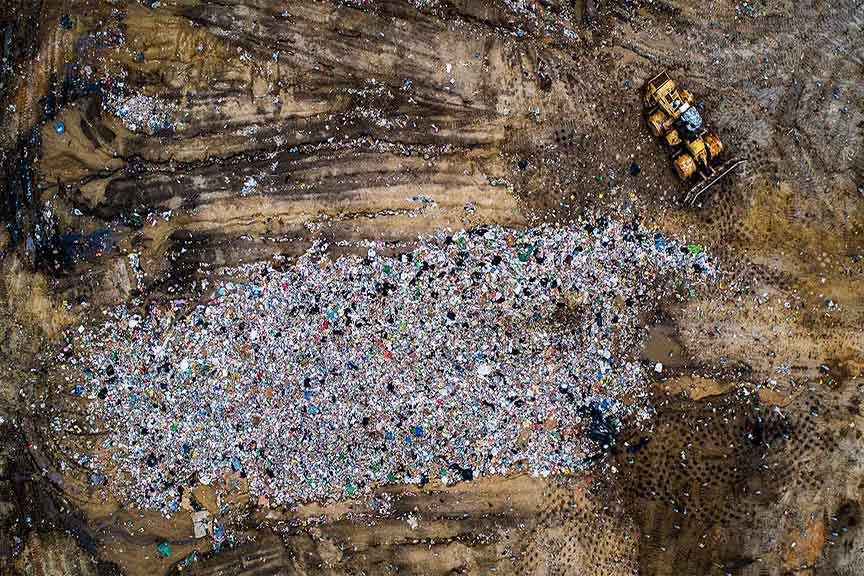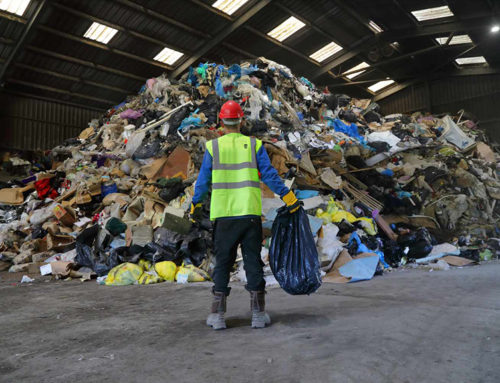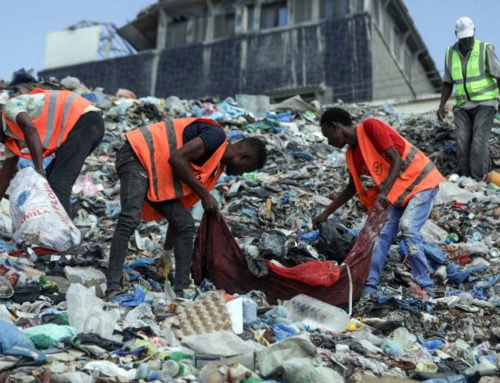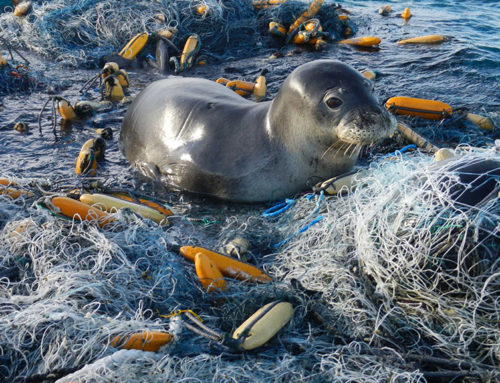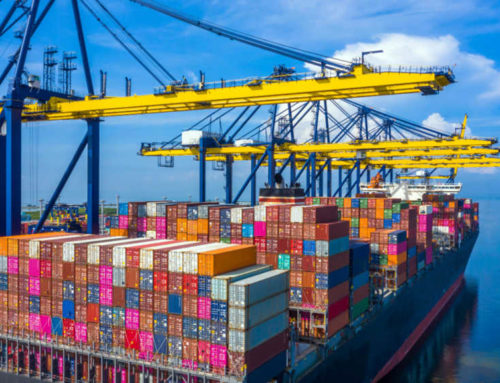In a world grappling with environmental challenges, landfills have emerged as a grave concern. These seemingly benign sites, where we bury our waste, have far-reaching and detrimental effects on the environment.
At the heart of this issue is the release of biogas into the atmosphere. Landfills, while designed to contain waste, also generate and release biogas—a mixture predominantly composed of methane (CH₄) and carbon dioxide (CO₂). These gases are notorious contributors to climate change, driving global warming and raising the Earth’s temperature. Shockingly, if we continue on this trajectory, it’s predicted that landfill sites will be responsible for 10% of greenhouse gas emissions by 2025.
While some landfills employ degassing methods to capture methane, these efforts often come too late. Methane from readily biodegradable components has already escaped into the atmosphere before degassing occurs. Horizontal degassing projects, designed to capture methane while the landfill is operational, are more effective but can only capture a fraction of the methane generated.
Another issue is that the methane produced within landfill sites can trigger explosions and fires, often hidden beneath the surface. These aren’t typical flames but rather uncontrolled fires within the landfill. These fires release dioxins into the environment, posing significant harm. Moreover, these fires can damage aquifers, disrupting waterproofing membranes and further compromising the surrounding environment.
Contamination is a big problem. Landfills almost consistently contaminate soil and groundwater. Hazardous materials present in stored waste, such as lead and mercury, can leach into the nearby soil and water sources. Though membrane ruptures are relatively rare, their consequences are catastrophic when they occur.
The impact of landfills isn’t limited to the environment; it extends to wildlife as well. Bird migration is particularly affected, as some birds are drawn to landfills as a food source, inadvertently ingesting harmful materials like plastic, aluminum, and gypsum. These substances can prove fatal. Furthermore, landfills disrupt traditional migratory patterns, with some species opting to nest near these sites due to the consistent food supply. This behavior is passed down to subsequent generations, exacerbating the problem.
The noxious odors emanating from landfills are difficult to contain and often reach nearby communities. This, in turn, drives down property values in these areas, perpetuating the decline of disadvantaged neighborhoods.
Also, accidents sometimes occur in landfill sites. Tragedies underscore the danger of landfills. Collapses, landslides, and accidents are not uncommon. In Addis Ababa, Ethiopia, in March 2017, a landfill site collapse claimed around 113 lives. A month later, the Meethotamulla landfill in Sri Lanka experienced a landslide, resulting in more than 30 casualties, dozens missing, and the destruction of over 140 homes. In February 2020, two workers lost their lives when the Zaldívar landfill in Spain collapsed. Rain, spontaneous combustion, or excessive accumulation can transform landfill sites into unstable terrain, posing significant risks to both workers and nearby communities.
The rate of land loss due to landfill creation is also a significant concern, though it varies depending on several factors, including population growth, urbanization, waste generation, and waste management practices in a given region.
As the global population continues to grow, more people are living in urban areas. This leads to increased consumption and waste generation. Urbanization often results in the need for more landfill sites to handle the rising volumes of waste, contributing to land loss.
The amount of waste generated by communities and industries plays a critical role in the expansion of landfills. In densely populated regions or areas with limited available land, there may be intense competition for land use. In such cases, finding suitable locations for new landfill sites becomes challenging, potentially leading to the expansion of existing landfills or the creation of landfills in less-than-ideal locations.
Stringent environmental regulations and restrictions can limit the establishment of new landfill sites, especially in ecologically sensitive areas. This can lead to the expansion of existing landfills, further contributing to land loss in those areas.
Good news is that advances in waste management technologies, such as waste-to-energy facilities and improved waste compaction techniques, can help reduce the land footprint of landfills. These technologies can mitigate the rate of land loss to some extent. Moreover, increased public awareness of environmental issues and advocacy for sustainable waste management practices can influence government policies and encourage the development of alternative waste disposal methods, potentially reducing the demand for new landfill sites.
In light of these multifaceted challenges, it is evident that addressing the problems associated with landfills is not just an environmental concern but a critical global imperative. We must prioritize sustainable waste management practices, reduce waste generation, promote recycling, and explore alternative disposal methods to mitigate the harmful effects of landfills and work towards a healthier environment.

